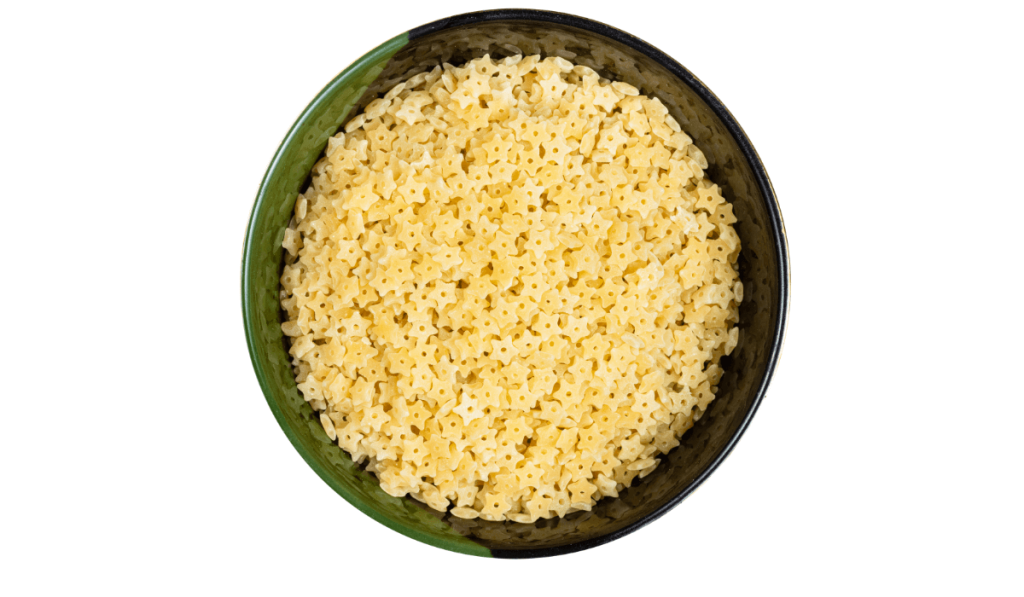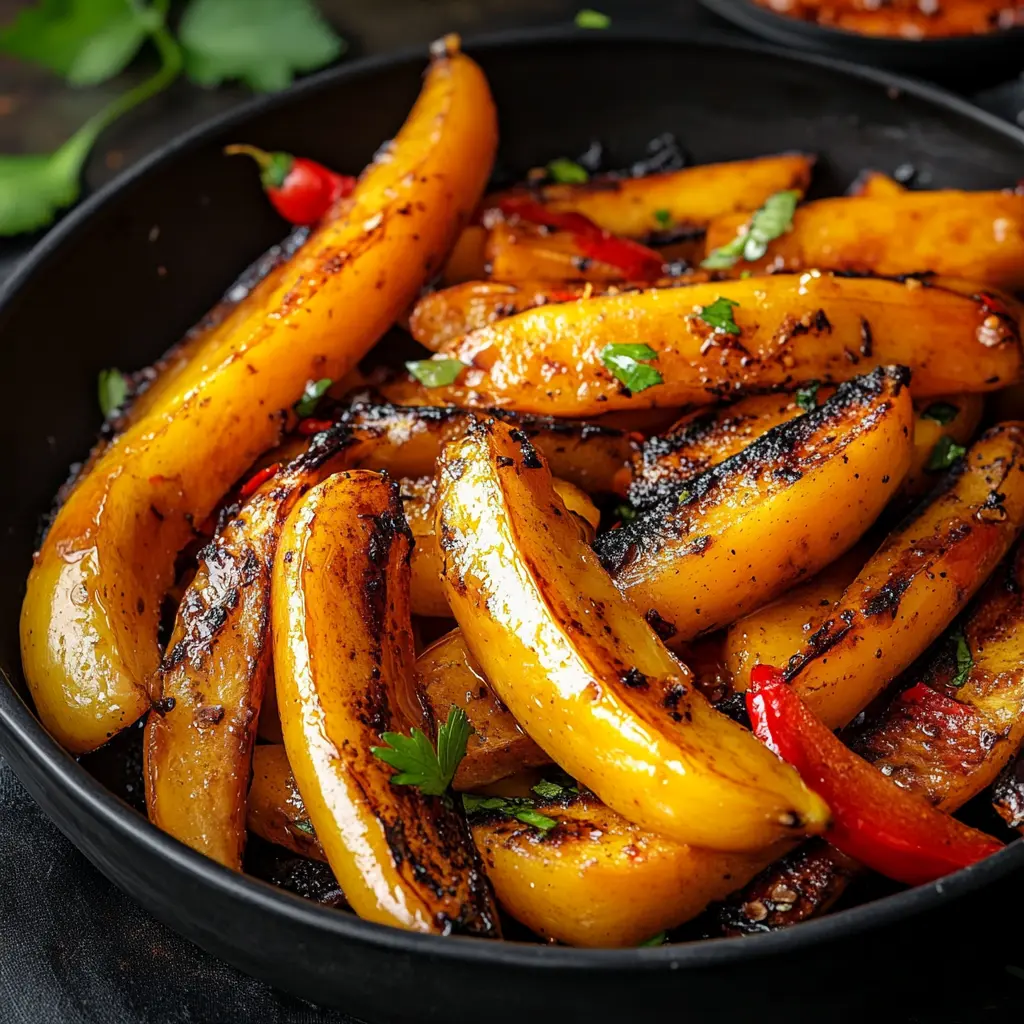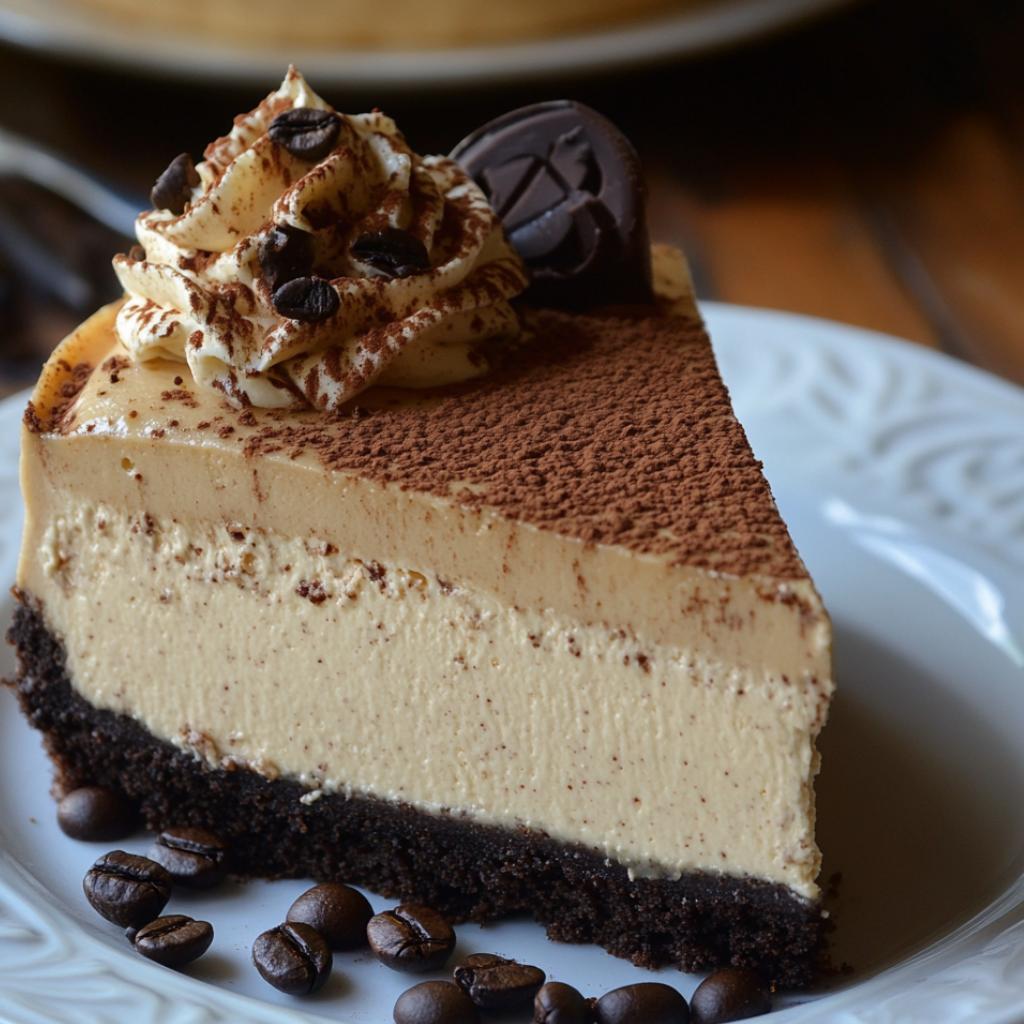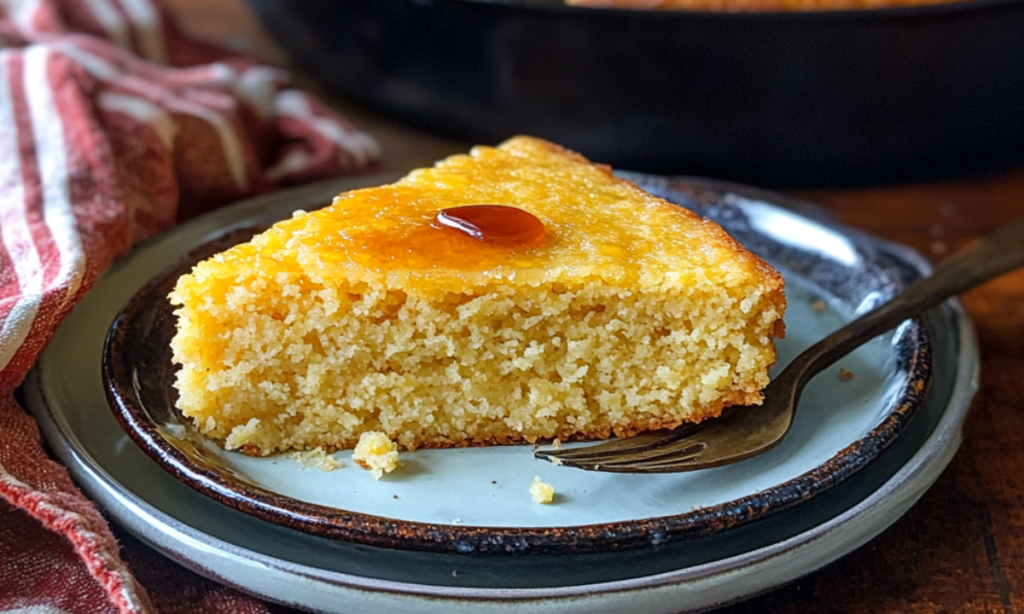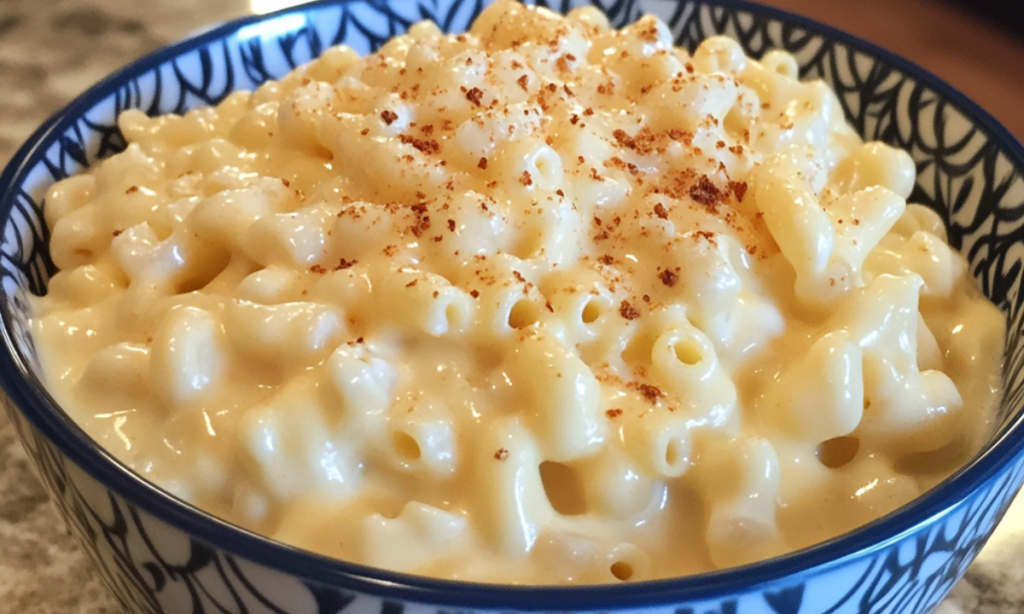Introduction to Pastina Recipe
Delving into pastina recipe opens a door to classic Italian Pasta Dishes. Pastina, known for its tiny size, is a key player in Comfort Food Pasta. It brings warmth and tradition to the table. This small pasta is central to Traditional Pastina Cooking. It’s perfect for anyone looking to try Easy Pastina Meals.
In this guide, we explore how to cook pastina perfectly using our original recipe. Whether you’re a beginner or a seasoned cook, you’ll find pastina versatile and easy to use. It’s great for simple broths or more creative dishes. We’ll show you how to bring out the best in this pasta. Join us in celebrating this Italian staple that’s all about comfort and simplicity.
What is Pastina?
Pastina charmingly means “little pasta” in Italian and is the tiniest form of pasta in Italian Pasta Dishes. Its small size, often star-shaped or resembling tiny grains, makes it a unique element in Italian cuisine. Made traditionally from wheat flour and water, pastina is noted for its delicate texture and swift cooking time.
This small pasta holds a dear spot, especially in Italy, often being the first solid food for children and infants. Its softness and easy digestion make it perfect for young ones. But pastina isn’t just for kids. It’s a versatile part of Comfort Food Pasta, loved by people of all ages. You’ll often find it in broths and soups or as a light, comforting dish with butter and cheese.
Pastina represents the essence of Traditional Pastina Cooking. It’s more than pasta; it’s a culinary tradition. It brings back memories and offers a simple, yet fulfilling meal. Pastina is at the heart of Easy Pastina Meals, appealing to anyone from first-time eaters to those reliving their childhood flavors.
Nutritional Value of Pastina
Pastina may be small in size, but it’s packed with nutritional benefits. This staple of Italian cuisine, made primarily from wheat flour, is a good source of carbohydrates. These carbs provide essential energy, fueling everything from brain function to daily physical activities. Carbohydrates are crucial for keeping us energized and focused throughout the day.
In addition to its carb content, pastina also offers a modest amount of protein. Protein is vital for muscle growth and repair, making pastina a suitable food choice, especially for children in their growing years. When combined with other ingredients like vegetables, lean meats, or legumes in a meal, pastina contributes to a well-rounded, nutritious diet.
Moreover, pastina is typically low in fats and sugars, making it a healthy base for meals. Many pastina varieties are enriched with vitamins and minerals, including B-vitamins like folate. Folate plays a critical role in DNA synthesis and repair. Enriched pastina can also provide iron, which is essential for the formation of healthy red blood cells.
Traditional Pastina Recipe
The traditional pastina recipe is a quintessential Italian dish, embodying the soul of home cooking. This simple yet comforting recipe requires minimal ingredients, making it a go-to meal for many.
Ingredients:
- 1 cup of pastina pasta
- 4 cups of chicken or vegetable broth
- 2 tablespoons of unsalted butter
- ¼ cup of freshly grated Parmesan cheese
- Salt to taste
- Optional: a pinch of freshly ground black pepper or herbs for garnish
Instructions:
- Broth Preparation: Begin by bringing the broth to a gentle boil in a medium saucepan. The choice of broth can vary from chicken for a richer flavor to vegetable for a vegetarian option.
- Cooking Pastina: Once the broth is boiling, add the pastina. Stir occasionally to prevent sticking. Cook the pasta for about 5 minutes or until it’s al dente.
- Adding Flavor: Reduce the heat to low and stir in the unsalted butter, allowing it to melt completely. The butter adds a rich, smooth texture to the dish.
- Cheese Topping: Remove the saucepan from heat and stir in the freshly grated Parmesan cheese until it’s well incorporated. The cheese lends a savory depth to the dish.
- Seasoning and Serving: Season with salt to taste. You can also add a pinch of black pepper or fresh herbs for additional flavor. Serve the pastina warm, ensuring it’s creamy and comforting.
This traditional pastina recipe stands out in its simplicity. It is a testament to the beauty of Italian Pasta Dishes, showcasing how a few basic ingredients can create a heartwarming meal. Perfect for any time, this dish is a staple in the realm of Comfort Food Pasta, bringing a piece of Italian tradition to your table.
Variations of Pastina Recipe
Pastina, the charmingly tiny star-shaped pasta, is a versatile canvas for a myriad of delightful recipes. One popular variation is the classic Italian comfort dish, where pastina is simmered in a rich chicken broth, often enhanced with a sprinkle of Parmesan cheese and a dab of butter, creating a soothing and heartwarming meal.
For those seeking a more robust flavor, consider sautéing garlic and onions, then adding the pastina to toast slightly before simmering in broth. This method infuses a nutty essence into the pasta. Incorporating vegetables like spinach, peas, or carrots can add both color and nutrition, making it a balanced meal.
Seafood lovers can transform pastina into a luxurious dish by adding shrimp or scallops, simmered in a tomato-based broth, garnished with fresh herbs like basil or parsley. For a Mediterranean twist, mix cooked pastina with feta cheese, olives, cherry tomatoes, and a drizzle of olive oil, serving it as a refreshing pasta salad.
These variations showcase pastina’s ability to adapt to different flavors, making it a beloved ingredient in kitchens worldwide.
Vegan and Gluten-Free Pastina Options
Pastina, traditionally made from wheat, can be adapted for vegan and gluten-free diets without losing its comforting essence. For a gluten-free option, select pastina made from rice flour, corn flour, or a blend of gluten-free grains. These alternatives offer a similar texture and are equally adept at absorbing flavors.
Vegans can relish in a simple yet flavorful pastina dish by cooking the pasta in a vegetable broth, enriched with aromatics like garlic, onions, and herbs. Adding nutritional yeast in place of Parmesan cheese provides a cheesy flavor while keeping the dish plant-based.
Incorporate a variety of vegetables like zucchini, bell peppers, and tomatoes to enhance the nutritional profile. For protein, consider adding cooked lentils or chickpeas, making the dish heartier. A drizzle of olive oil and a squeeze of lemon juice before serving can elevate the flavors.
For those with a penchant for spice, a dash of red pepper flakes or a spoonful of pesto (made without cheese) can add a new dimension to the dish. These vegan and gluten-free adaptations ensure that everyone can enjoy the comfort and simplicity of pastina.
Common Mistakes ‘‘Pastina recipe”
In the realm of Traditional Pastina Cooking, certain missteps can detract from the dish’s quality. A common error is not using enough liquid, which is crucial for achieving the right texture. Pastina requires a generous amount of broth or water to cook evenly and avoid stickiness. Another oversight is overcooking pastina, which can lead to a mushy consistency. To preserve its delicate nature, it should be cooked al dente, typically within 5 to 7 minutes.
Neglecting seasoning is another common mistake. A dash of salt in the cooking liquid can elevate the flavor of the pasta. Stirring the pastina occasionally during cooking is essential to prevent clumping, ensuring each grain remains distinct. Additionally, many cooks overlook the versatility of pastina in Italian Pasta Dishes. While it’s delightful on its own, incorporating ingredients like fresh vegetables, protein, or herbs can transform it into a more robust and flavorful component of Easy Pastina Meals.
Pairing Pastina with Other Dishes
Pastina, the quintessential small star-shaped pasta, stands as a cornerstone in the realm of Italian pasta dishes. This culinary staple is not just a comfort food pasta but also a testament to traditional pastina cooking. One beloved variation is the quintessential Italian dish where pastina is gently simmered in a savory chicken broth, often enriched with a touch of Parmesan and butter, offering a soothing and heartwarming experience.
For those who crave a deeper flavor profile, consider the technique of lightly sautéing garlic and onions, then toasting the pastina before it bathes in the broth. This method imparts a subtle nuttiness to the pasta. Adding vegetables like spinach, peas, or carrots not only introduces a splash of color but also enhances the nutritional value, making it a well-rounded easy pastina meal.
Seafood enthusiasts can elevate pastina into a sumptuous feast by incorporating shrimp or scallops, simmered in a tomato-infused broth, and garnished with fresh herbs. Alternatively, for a Mediterranean flair, combine cooked pastina with feta, olives, cherry tomatoes, and a drizzle of olive oil, serving it as a refreshing pasta salad.
These variations of pastina beautifully illustrate its versatility, solidifying its status as a beloved component in Italian cuisine and easy pastina meals.
Substitutes for Pastina Ingredients in Italian Pasta Dishes
When preparing Italian Pasta Dishes, sometimes you might not have pastina on hand or need a gluten-free or different grain option. Fortunately, there are several suitable substitutes that can mimic pastina’s texture and role in recipes.
- Orzo: A small, rice-shaped pasta, orzo can be a great alternative in most pastina recipes, offering a similar size and texture.
- Israeli Couscous: Also known as pearl couscous, this is larger than traditional couscous and provides a chewy texture similar to pastina. It’s excellent in soups and salads.
- Acini di Pepe: These tiny, peppercorn-sized pasta grains work well as a pastina substitute, especially in soups and broths.
- Quinoa: For a gluten-free option, quinoa is an excellent choice. It’s similar in size to pastina and is also rich in protein and fiber, making it a healthy alternative in Comfort Food Pasta.
- Risoni: Also known as rice pasta, risoni resembles grains of rice and can be used in similar ways to pastina, especially in soups and stews.
- Millet: Another gluten-free substitute, millet has a small, grain-like appearance and can be cooked to a soft texture, similar to pastina.
Each of these substitutes can be seamlessly incorporated into Traditional Pastina Cooking and Easy Pastina Meals, ensuring you can enjoy your favorite Italian Pasta Dishes even when pastina isn’t available.
FAQs about pastina recipe
Can Pastina Be Prepared in Advance?
Indeed, pastina can be conveniently prepared ahead of time. Firstly, you can cook the pasta and then store it in the refrigerator. When you’re ready to serve, simply reheat it, adding a splash of broth or water to refresh its texture. This makes pastina an ideal choice for meal planning and quick, easy pastina meals.
How Should Leftover Pastina Be Stored and Reheated?
Storing and reheating leftover pastina is quite straightforward. Initially, place it in an airtight container and refrigerate for up to 3 days. Subsequently, when reheating, you can either use a microwave or stovetop. Just add a little broth or water to prevent it from drying out, ensuring it retains its delightful texture.
Is Pastina Suitable for Freezing?
Certainly, pastina is suitable for freezing. Firstly, cool the cooked pastina completely. Then, transfer it to a freezer-safe container. When you’re ready to use it, thaw it in the refrigerator overnight and reheat as needed. This method is particularly useful for preserving pastina for future easy pastina meals.
Can Pastina Be Made Gluten-Free or Vegan?
Absolutely! To cater to gluten-free dietary needs, opt for pastina made from rice or corn flour. Additionally, for a vegan version, cook the pasta in vegetable broth and skip any dairy or meat-based ingredients. Instead, you can add plant-based proteins or vegetables to make it a wholesome and satisfying dish.
Summarizing the Joy of Cooking Pastina
Cooking pastina encapsulates the essence of Italian cuisine’s comfort and simplicity. Whether it’s the traditional pastina in broth or a creative twist with vegetables and proteins, each dish celebrates the versatility of this tiny pasta. The joy of cooking pastina lies in its ability to transform the simplest ingredients into a heartwarming meal. It’s not just about the end result, but also the process of creating something nourishing and delightful. In every spoonful of pastina, there’s a taste of tradition, a touch of home, and a reminder of the simple pleasures in life. Cooking pastina truly is a joyful and satisfying culinary experience.

